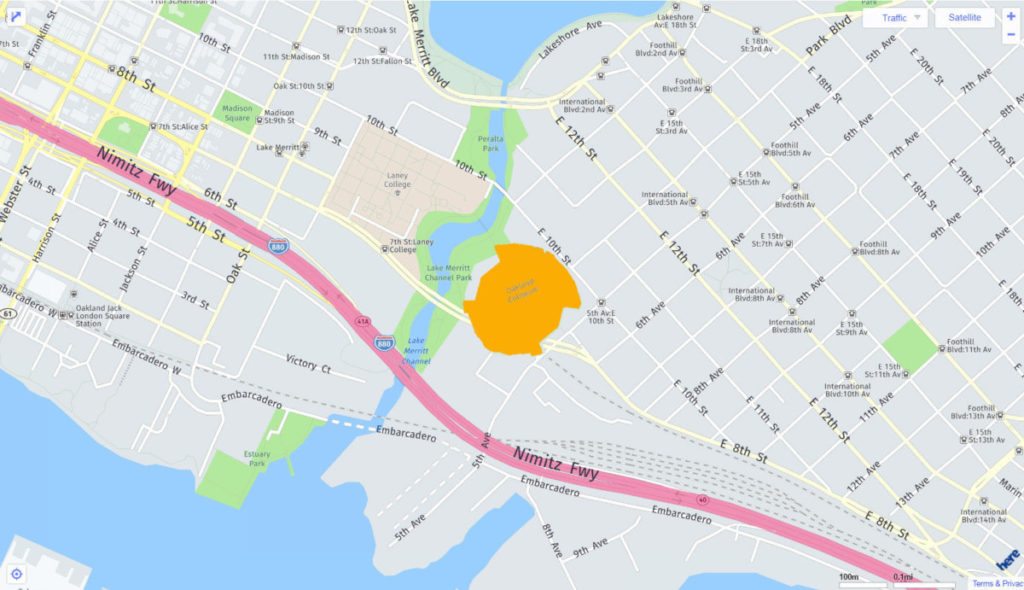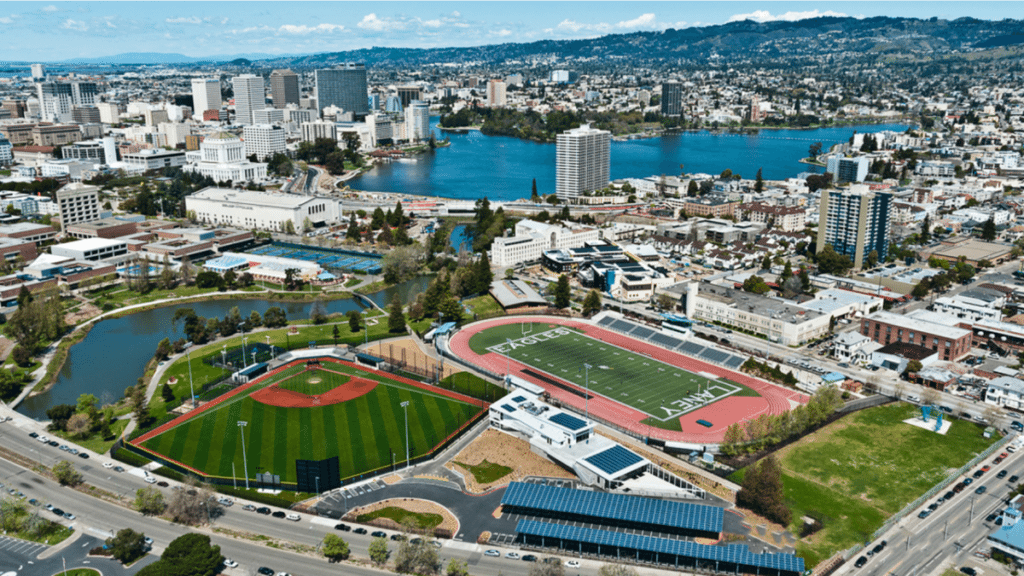Lake Merritt wildlife at risk from A’s stadium plan
Editor’s Note: Golden Gate Bird Alliance came out in opposition last week to the proposal to relocate the Oakland A’s baseball stadium to a site adjacent to the Lake Merritt Channel, currently owned by the Peralta Community College District. We received prominent news coverage in the San Francisco Chronicle, as well as in the East Bay Times, KGO-TV, and KCBS radio, and we published an op-ed piece in the East Bay Times. The following is adapted from the press release we sent out.
The large-scale ballpark proposed by the Oakland A’s for the Peralta Community College District site could be disastrous for the abundant birds, fish, and other animals that rely on Lake Merritt.
Golden Gate Bird Alliance — which represents over 7,000 members in Oakland and nearby cities — opposes selection of the Peralta site because of the loud noise, intense light, trash, and harmful contaminants it would generate directly alongside the Lake Merritt channel, a narrow and vital waterway connecting the lake to the estuary and San Francisco Bay.
Peralta is the smallest and densest of the three proposed stadium sites. It is ill-suited for the huge footprint of a stadium plus parking, and the additional planned housing and commercial development. (See map below.)
Golden Gate Bird Alliance raises the following concerns over the site proposal:
- Lake Merritt, the nation’s oldest wildlife refuge and a public asset, is home to nearly 200 species, including ducks, herons, songbirds, nesting cormorants, fish, and other species.
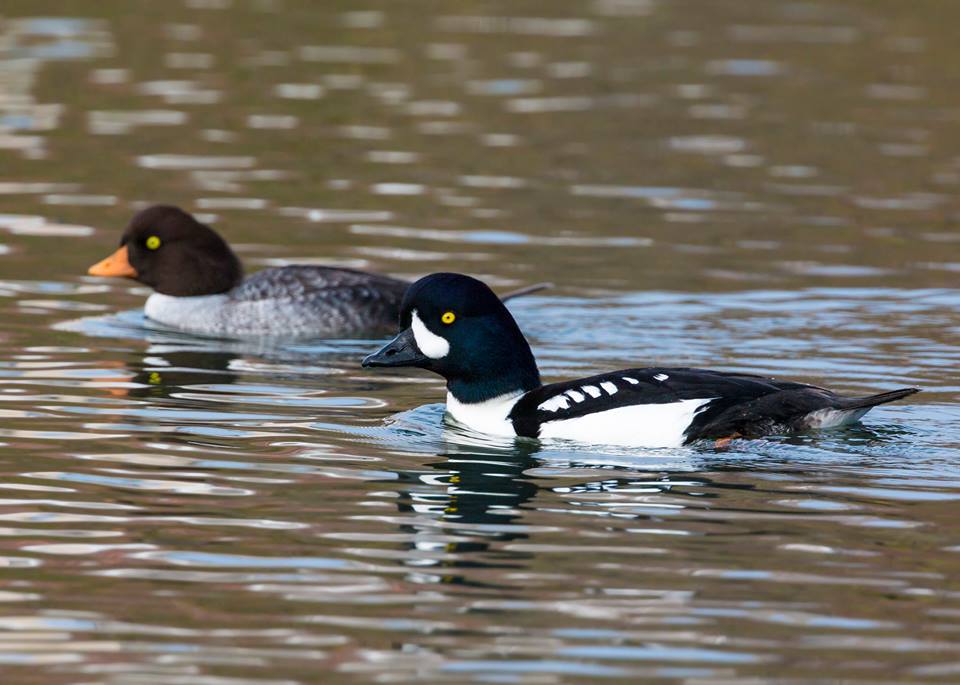
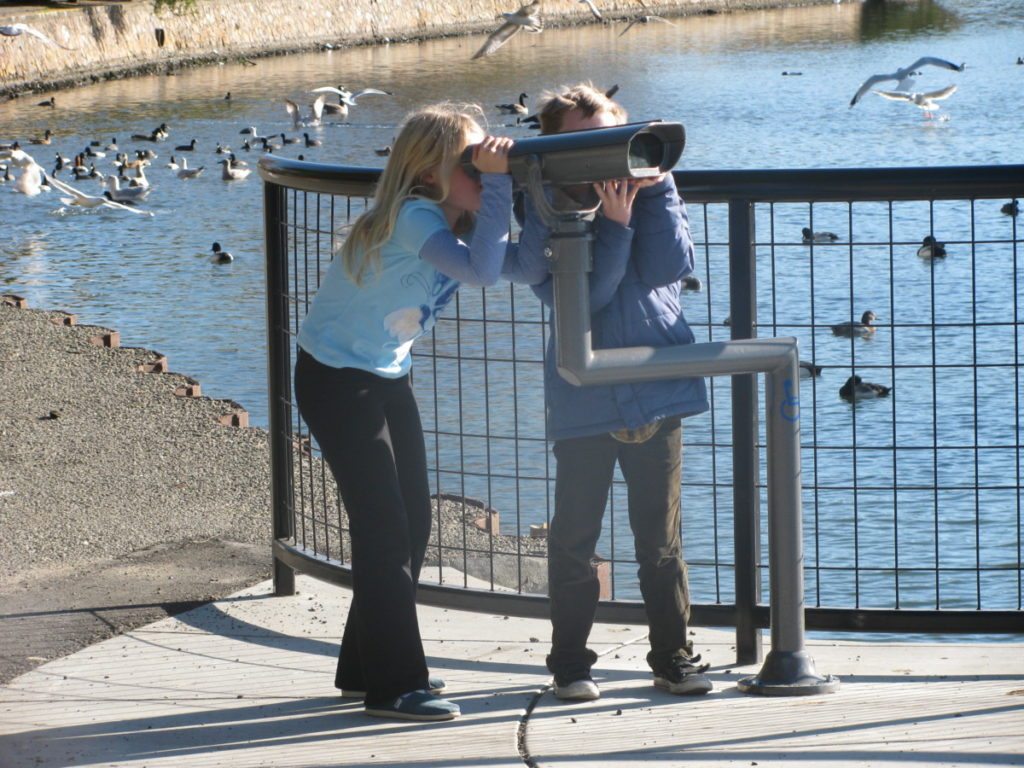
- Siting a ballpark at Peralta could jeopardize major improvements recently made to Lake Merritt through $198 million in Measure DD bond funding, including environmental cleanup, restoration of water quality, enhanced bird and fish habitat, and connection to the Bay ecosystem.
- Restoration of the Lake Merritt Channel has helped connect Lake Merritt and its ecosystem to the surrounding communities and public institutions, such as the Oakland Museum, Oakland Main Library, and Laney College.
- Tens of thousands of people would pour over the Lake Merritt Channel bridge at every home game to get to the stadium from the Lake Merritt BART station, dropping trash (including plastic) that is both unsightly and dangerous to wildlife.
- Loud noise from PA systems, amplified music, traffic, and crowds can frighten birds away from their habitat and into roadways. Fireworks are particularly hazardous, panicking birds and sometimes leading them to abandon their nests and young.
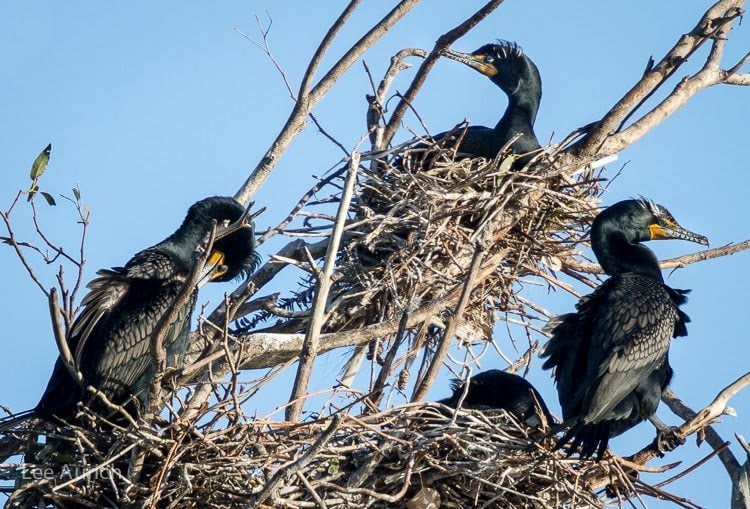
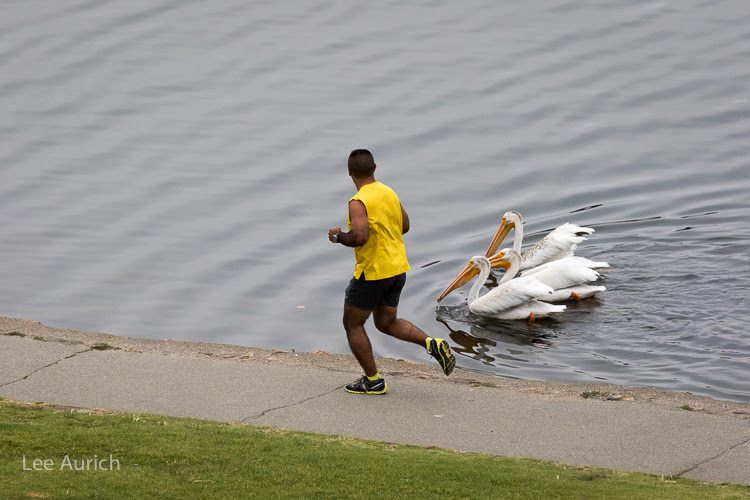
- Bright lights such as scoreboard lights, parking area lighting, and security lights take a severe toll on wildlife – disrupting bird and animal sleep patterns and disorienting birds that migrate or forage at night.
- The proposed new I-880 ramps, plus parking for over 500 cars, will channel heavy metal emissions of lead, zinc, and copper into the improved estuary habitats that were recently restored at public expense. These pollutants pose serious health risks to both humans and wildlife.
Of the three properties being considered for a new A’s ballpark, Golden Gate Bird Alliance supports the renovation and transformation of the existing Coliseum area complex. This site would avoid further displacement of people, wildlife and small businesses, utilize an already developed site, minimize impacts to biodiversity, and allow for a reimagined ballpark village that could help revitalize East Oakland and contribute to the City’s tax base.
